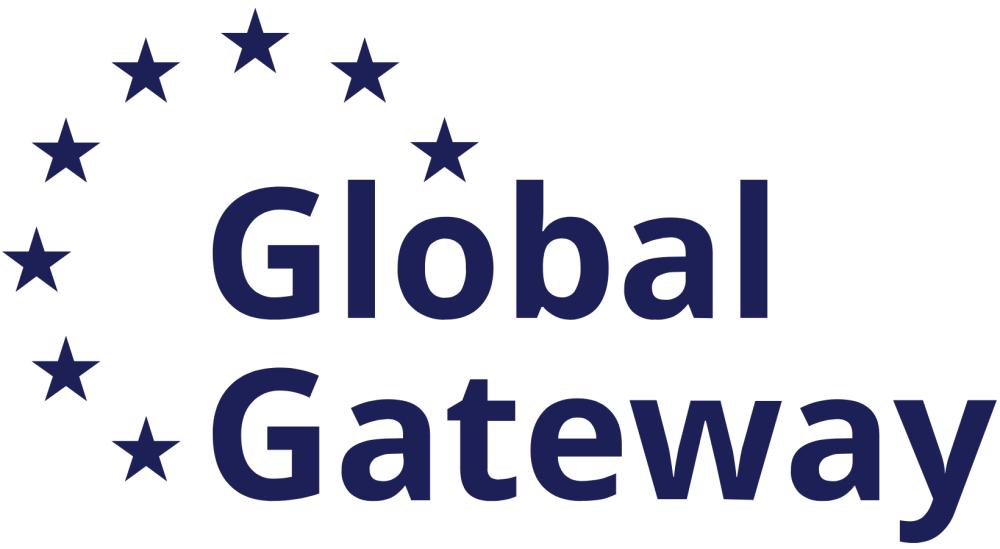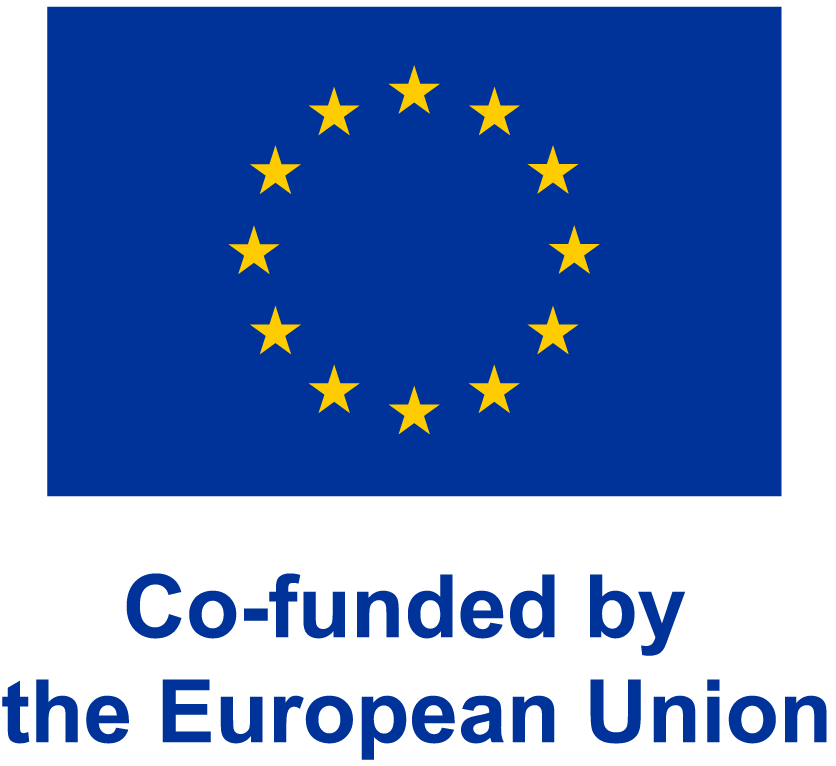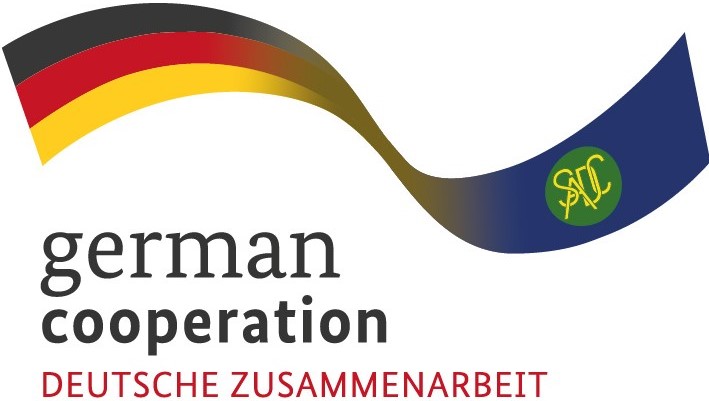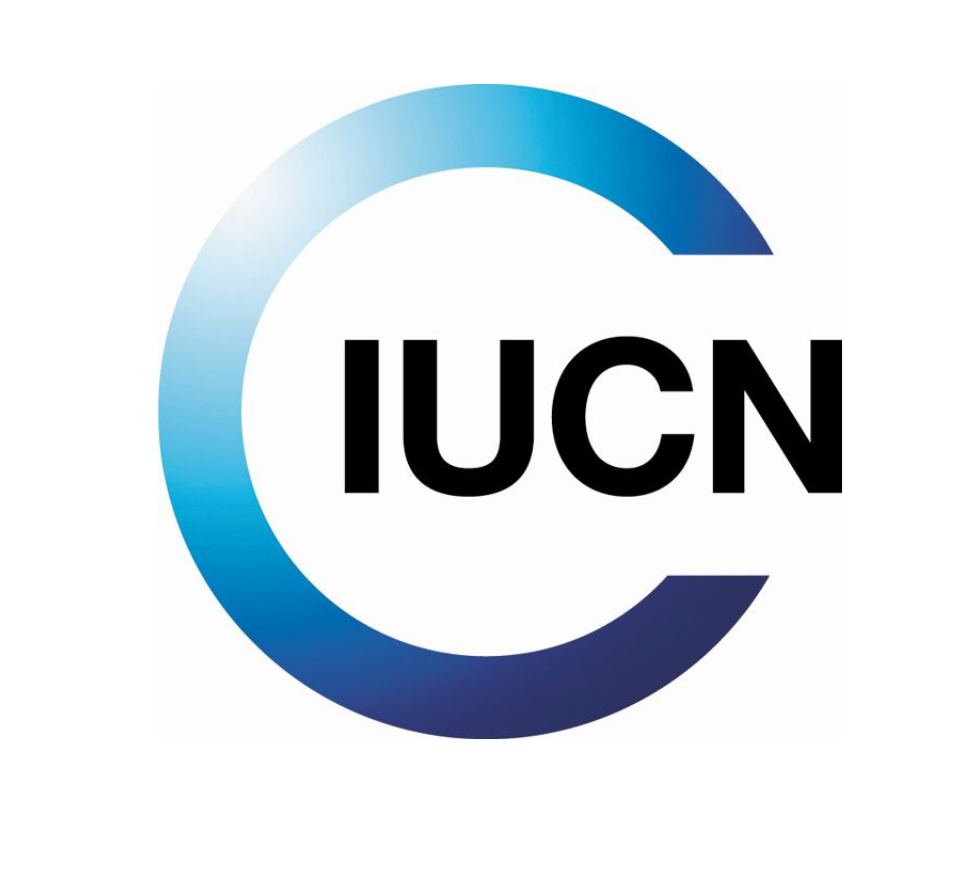 Translate
Translate
Resources
Madagascar Ministers reaffirm commitment towards the establishment of a marine TFCA
| Author: | Rabson Dhlodlho, Steve Collins, Rorly Sherwen, Salifou Siddo, Colum Zhuwau |
| Language: | |
| Topic: | Meeting Report |
| Type: | Meeting Report |
| Last updated: | 13 October 2025 |
Southern African Development Community (SADC) Food, Agriculture and Natural Resources (FANR) Directorate is, through the support of the Joint Action NaturAfrica/Climate Resilience and Natural Resource Management (C-NRM) Programme - a partnership programme between Southern African Development Community (SADC), the European Union (EU) and the German Government, implemented by Deutsche Gesellschaft für Internationale Zusammenarbeit (GIZ) organising National Dialogues aimed at raising awareness on the SADC TFCA programme and the various natural resources management and tourism related policies and frameworks that were recently approved by the joint committee of Ministers responsible for natural resources and tourism. The latest National Dialogue was organised for Madagascar from the 3rd to the 4th of September 2025 in Antananarivo.
The official opening of the dialogue was honoured by the presence of the Ministers of Environment and Sustainable Development, Hon. Max Andonirina Fontaine; Tourism and Handcrafts, Hon. Viviane Dewa and Fisheries and Blue Economy, Hon. Mahantante Tsimanaoraty Paubert, which was a clear demonstration of the political commitment on the part of Madagascar.
In his opening remarks Hon. Max Andonirina Fontaine underscored the importance of TFCAs as tools for both conservation and sustainable development. He urged national experts to take full ownership of the TFCA development processes, recognising the importance of multi-sectoral and multi-stakeholder collaboration to ensure their long-term sustainability and impact. Recognizing and acknowledging the strategic role to be played by the SADC Secretariat in providing technical guidance and harmonisation of regional frameworks, the Hon Minister expressed his and the country’s readiness to work closely with the secretariat in aligning Madagascar’s TFCA aspirations with regional protocols and support mechanisms.
The key and focused discussions on marine conservation and TFCAs were preceded by various presentations aimed at providing a solid background to all participants as a basis for a better-informed discussion on Marine TFCAs. The SADC Secretariat provided a brief overview of some key natural resources management related policy frameworks and strategies which were recently approved by Ministers. These included Law Enforcement and Anti-Poaching (LEAP) strategy, the Forestry strategy, the Wildlife-based Economy Strategy framework as well as the Tourism and TFCA programmes. These presentations were aimed at creating awareness, of these regional policy frameworks, among key stakeholders at national level, as well as streamlining and clearly articulating the roles and responsibilities of member states in the implementation of and reporting on these frameworks.
GIZ on the other hand made presentations on their plans for the implementation of the SADC natural resources management related frameworks, with a particular focus on the TFCA programme, as well as providing some brief background on TFCAs and their origins, making reference to the first TFCA at a global level, the Waterton-Glacier Peace Park, established back in the early 1930s, between Canada and the USA and the first SADC TFCA, the Kgalagadi Transfrontier Park (KTP), officially established in 1999 but informally in existence since the late 1940s, between Botswana and South Africa. The presentation also highlighted the value and importance of TFCAs as well as the need for inter-sectoral and multi-stakeholder collaboration for the sustainable management of transboundary natural resources for the benefit of both nature and humankind.
In their presentation to open the focused discussion on Marine TFCAs, IUCN highlighted the scientific and policy imperatives of marine conservation in the Indian ocean with a particular emphasis on the natural movement patterns of marine species which are mostly determined by breeding areas and migratory routes that straddle across national boundaries. Whilst in terrestrial landscapes these movements are, in a number of instances, hindered and interfered with by physical barriers like fences and walls, in extreme cases, in the case of seascapes nothing hinders these movements at all, which underscores the importance of collaborative management of these resources across national boundaries.
However, building on this scientific and policy rationale, Madagascar drew attention to several practical and governance-related challenges that could constrain the realisation of such collaborative efforts. These challenges include, among others, limited financial resources to manage extensive coastal areas which are, in the case of Madagascar, estimated to be way over 5000m², as well as legal disputes over ownership of parts of the seascape that are under foreign ownership particularly those owned by non-SADC countries who may not necessarily share the same TFCA vision with SADC member states. To the Malagasy delegation this underscores the important role to be played by the SADC secretariat in the step-by-step process of establishing marine TFCAs, let alone when the revised TFCA programme itself is not in full support of recognising and listing TFCAs involving non-SADC member states, which is an urgent matter that needs to be addressed in view of the proliferation of French territories around Madagascar.
A quick survey, on the meeting participants’ views on the areas with the greatest potential and need for the establishment of marine TFCAs around Madagascar, showed that the western and northern coastal areas of the country are viewed as having the greatest potential.
The West coast, constituting the greater part of the Mozambique channel, stands out for its rich biodiversity, including endemic species and fragile ecosystems supported by zero-exploitation zones. Its extensive coral reefs and seagrass beds contribute significantly to ecological health and offer strong potential for long-term conservation. Economically, the West supports vital coastal fisheries and holds opportunities for eco-tourism and deep-sea resource management (e.g., oil and gas). Furthermore, its location enables potential collaboration with neighbouring countries like Mozambique and the Comoros, reinforcing its suitability for a transboundary conservation initiative.
In collusion the dialogue participants committed themselves to follow-up on the political mandate and affirmation provided by the three Ministers by conducting further consultations with all key stakeholders in identifying the potential areas, identifying the potential partner states to be involved in and developing an action plan to be shared with SADC Secretariat to initiate preliminary discussions with the potential partner states. The Ministers’ commitment and enthusiasm which was shared by all participants seemed to be a clear message to the SADC secretariat and its cooperating partners to step up and work towards the realization of the dream that is, almost certainly, not only a Malagasy dream but one that is shared by all other SADC island states and coastal countries at large. Where to from now, is the key question that will linger around in the minds of those that were part of the dialogue, and those that will read this article, until the first meeting with at least one of the potential partner states takes place.
In his opening remarks Hon. Max Andonirina Fontaine underscored the importance of TFCAs as tools for both conservation and sustainable development. He urged national experts to take full ownership of the TFCA development processes, recognising the importance of multi-sectoral and multi-stakeholder collaboration to ensure their long-term sustainability and impact. Recognizing and acknowledging the strategic role to be played by the SADC Secretariat in providing technical guidance and harmonisation of regional frameworks, the Hon Minister expressed his and the country’s readiness to work closely with the secretariat in aligning Madagascar’s TFCA aspirations with regional protocols and support mechanisms.
The key and focused discussions on marine conservation and TFCAs were preceded by various presentations aimed at providing a solid background to all participants as a basis for a better-informed discussion on Marine TFCAs. The SADC Secretariat provided a brief overview of some key natural resources management related policy frameworks and strategies which were recently approved by Ministers. These included Law Enforcement and Anti-Poaching (LEAP) strategy, the Forestry strategy, the Wildlife-based Economy Strategy framework as well as the Tourism and TFCA programmes. These presentations were aimed at creating awareness, of these regional policy frameworks, among key stakeholders at national level, as well as streamlining and clearly articulating the roles and responsibilities of member states in the implementation of and reporting on these frameworks.
GIZ on the other hand made presentations on their plans for the implementation of the SADC natural resources management related frameworks, with a particular focus on the TFCA programme, as well as providing some brief background on TFCAs and their origins, making reference to the first TFCA at a global level, the Waterton-Glacier Peace Park, established back in the early 1930s, between Canada and the USA and the first SADC TFCA, the Kgalagadi Transfrontier Park (KTP), officially established in 1999 but informally in existence since the late 1940s, between Botswana and South Africa. The presentation also highlighted the value and importance of TFCAs as well as the need for inter-sectoral and multi-stakeholder collaboration for the sustainable management of transboundary natural resources for the benefit of both nature and humankind.
In their presentation to open the focused discussion on Marine TFCAs, IUCN highlighted the scientific and policy imperatives of marine conservation in the Indian ocean with a particular emphasis on the natural movement patterns of marine species which are mostly determined by breeding areas and migratory routes that straddle across national boundaries. Whilst in terrestrial landscapes these movements are, in a number of instances, hindered and interfered with by physical barriers like fences and walls, in extreme cases, in the case of seascapes nothing hinders these movements at all, which underscores the importance of collaborative management of these resources across national boundaries.
However, building on this scientific and policy rationale, Madagascar drew attention to several practical and governance-related challenges that could constrain the realisation of such collaborative efforts. These challenges include, among others, limited financial resources to manage extensive coastal areas which are, in the case of Madagascar, estimated to be way over 5000m², as well as legal disputes over ownership of parts of the seascape that are under foreign ownership particularly those owned by non-SADC countries who may not necessarily share the same TFCA vision with SADC member states. To the Malagasy delegation this underscores the important role to be played by the SADC secretariat in the step-by-step process of establishing marine TFCAs, let alone when the revised TFCA programme itself is not in full support of recognising and listing TFCAs involving non-SADC member states, which is an urgent matter that needs to be addressed in view of the proliferation of French territories around Madagascar.
A quick survey, on the meeting participants’ views on the areas with the greatest potential and need for the establishment of marine TFCAs around Madagascar, showed that the western and northern coastal areas of the country are viewed as having the greatest potential.
The West coast, constituting the greater part of the Mozambique channel, stands out for its rich biodiversity, including endemic species and fragile ecosystems supported by zero-exploitation zones. Its extensive coral reefs and seagrass beds contribute significantly to ecological health and offer strong potential for long-term conservation. Economically, the West supports vital coastal fisheries and holds opportunities for eco-tourism and deep-sea resource management (e.g., oil and gas). Furthermore, its location enables potential collaboration with neighbouring countries like Mozambique and the Comoros, reinforcing its suitability for a transboundary conservation initiative.
In collusion the dialogue participants committed themselves to follow-up on the political mandate and affirmation provided by the three Ministers by conducting further consultations with all key stakeholders in identifying the potential areas, identifying the potential partner states to be involved in and developing an action plan to be shared with SADC Secretariat to initiate preliminary discussions with the potential partner states. The Ministers’ commitment and enthusiasm which was shared by all participants seemed to be a clear message to the SADC secretariat and its cooperating partners to step up and work towards the realization of the dream that is, almost certainly, not only a Malagasy dream but one that is shared by all other SADC island states and coastal countries at large. Where to from now, is the key question that will linger around in the minds of those that were part of the dialogue, and those that will read this article, until the first meeting with at least one of the potential partner states takes place.










